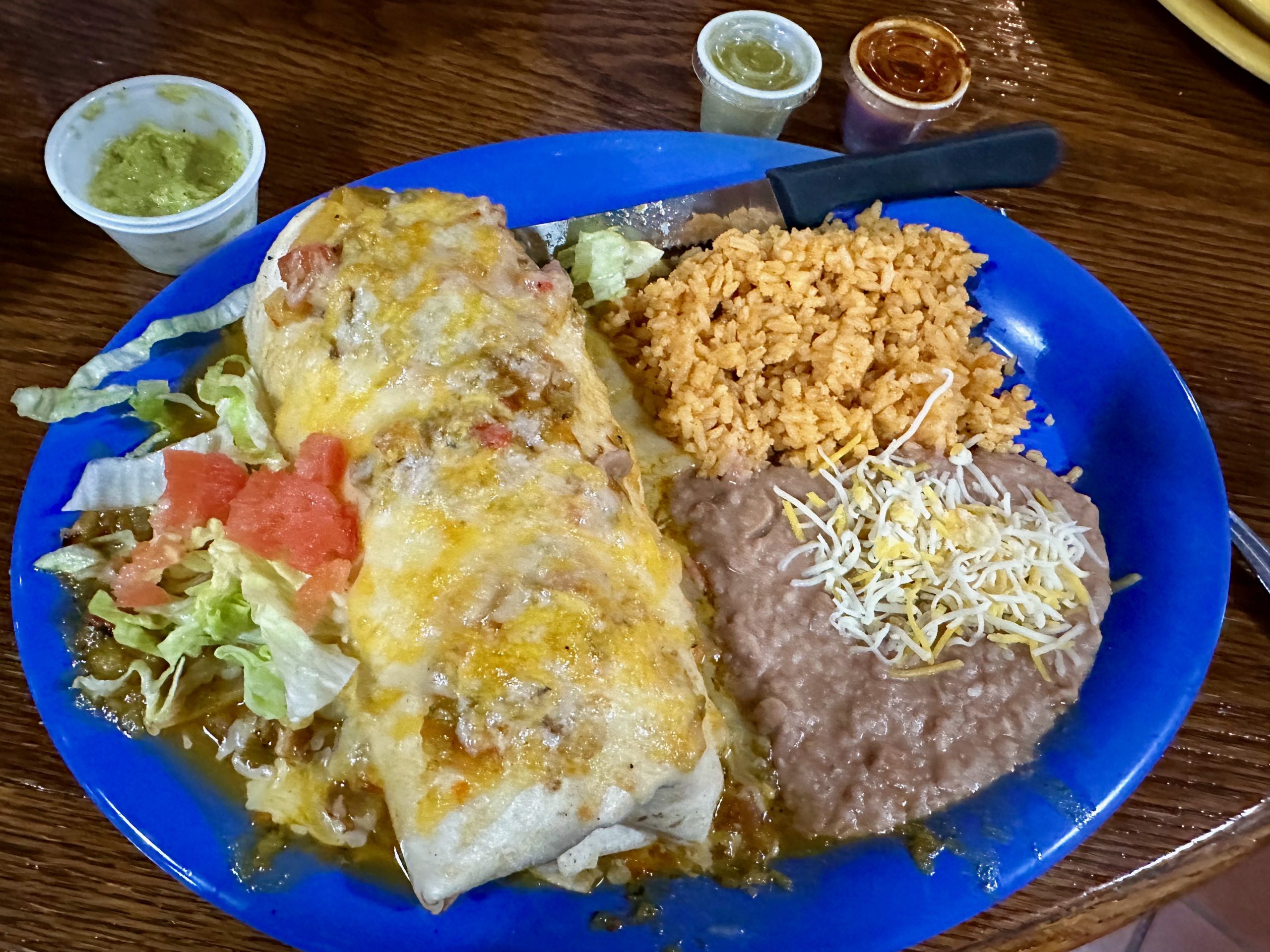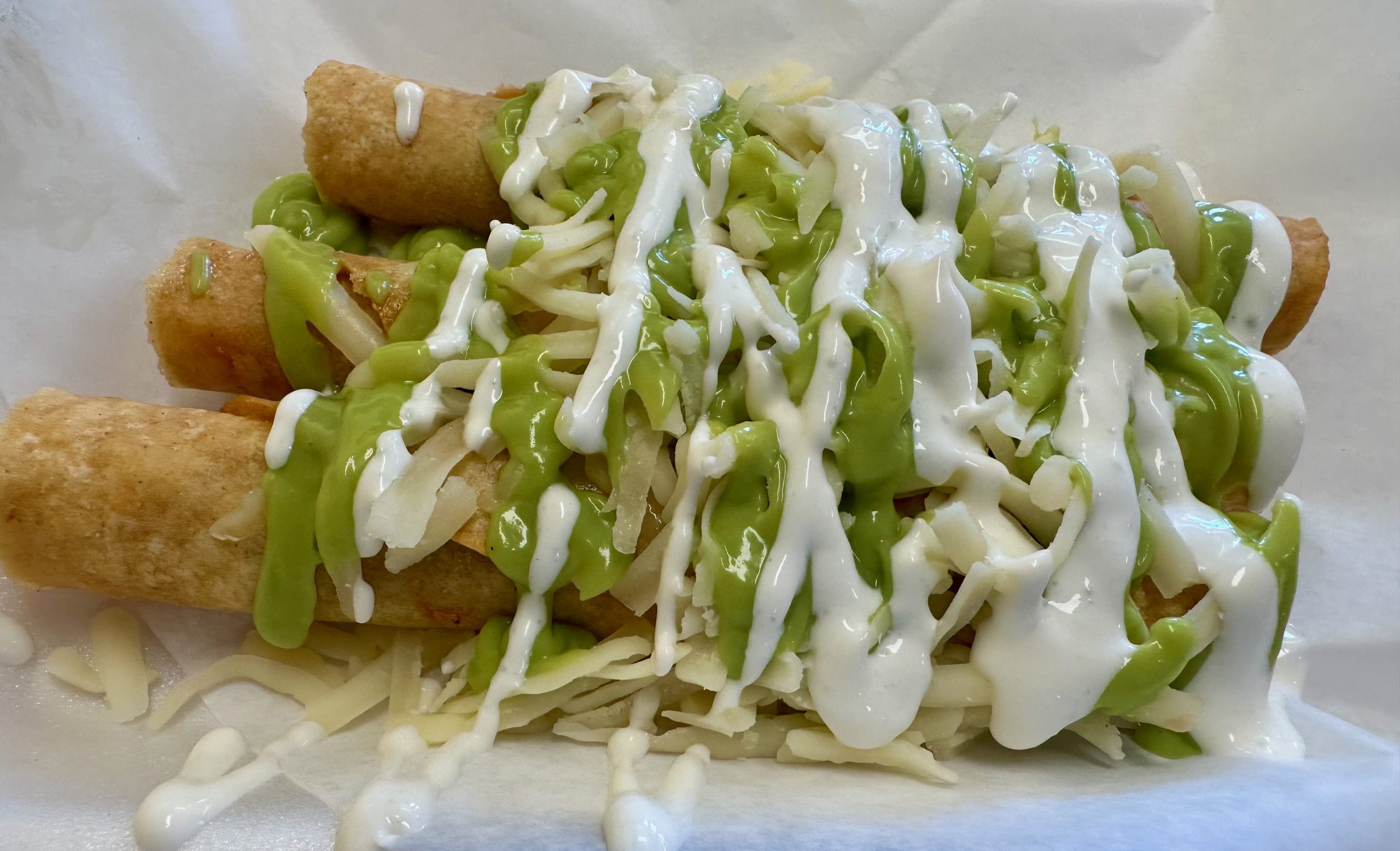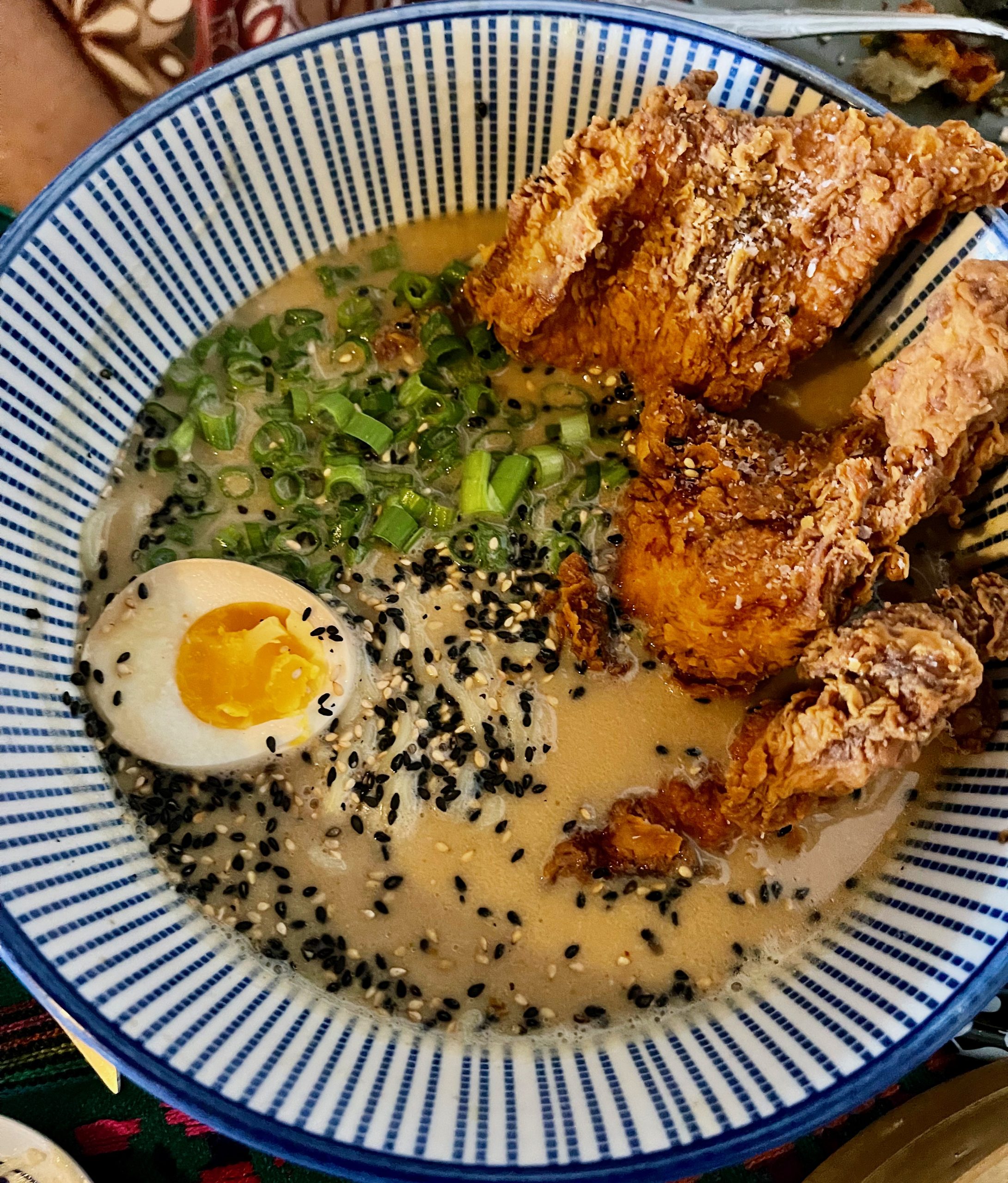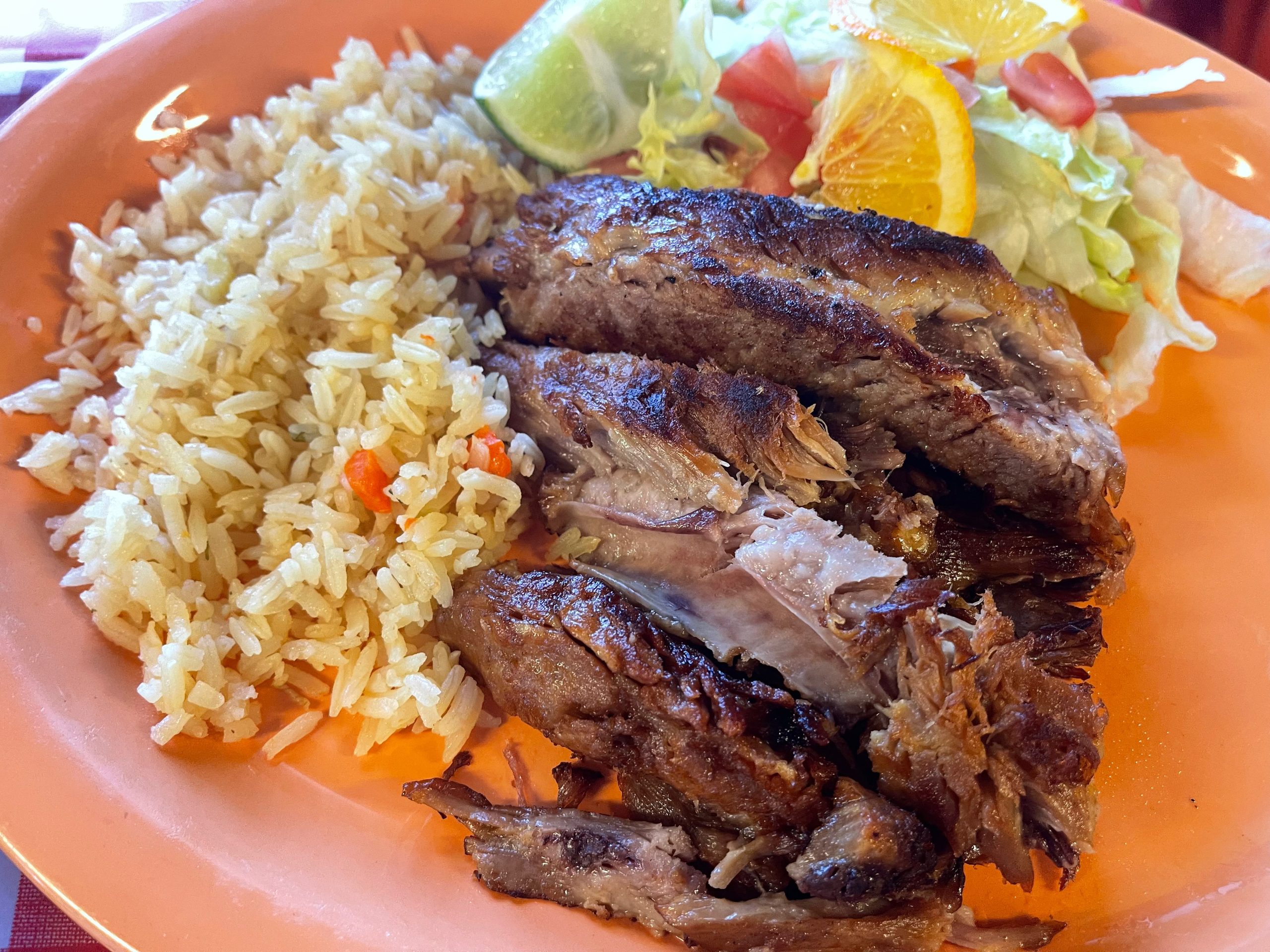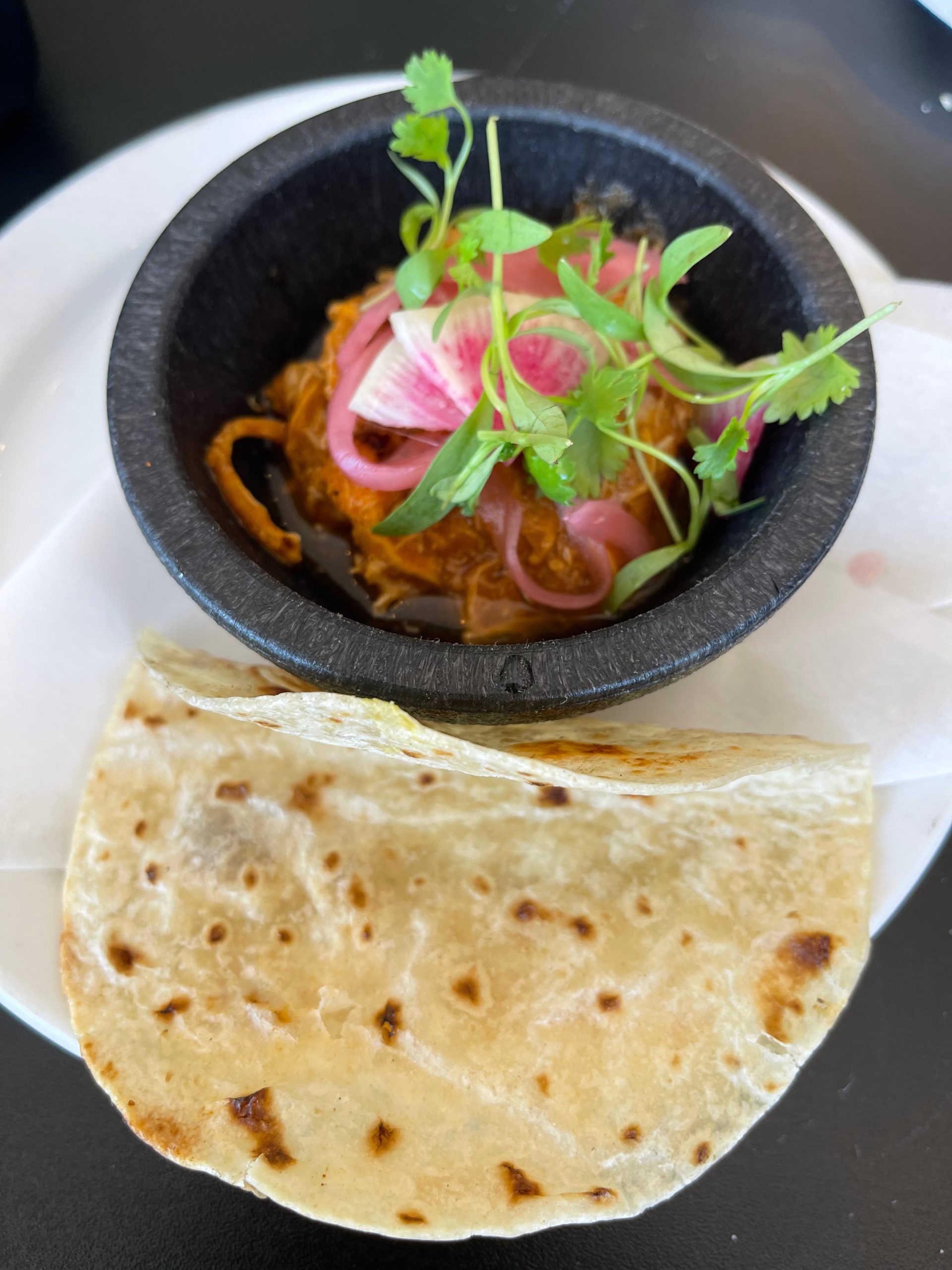Ramona’s Mexican Cafe – Albuquerque, New Mexico
“No one who cooks, cooks alone. Even at her most solitary, a cook in the kitchen is surrounded by generations of cooks past, the advice and menus of cooks present, the wisdom of cookbook writers.” ~Laurie Colwin, Novelist Watch virtually any episode of Kitchen Nightmares and you might just be convinced that families can’t possibly work together in a restaurant. Kitchen Nightmares, one of Gordon Ramsay’s eight-hundred or so television shows, is rather formulaic–Ramsay spends a week with a failing restaurant in an attempt to revive the business. Almost invariably, the failing restaurant is owned and operated by a family. Almost invariably, the drama falls just short of Homer strangling Bart. Arguments on Kitchen Nightmares are loud and intense. Copious…


